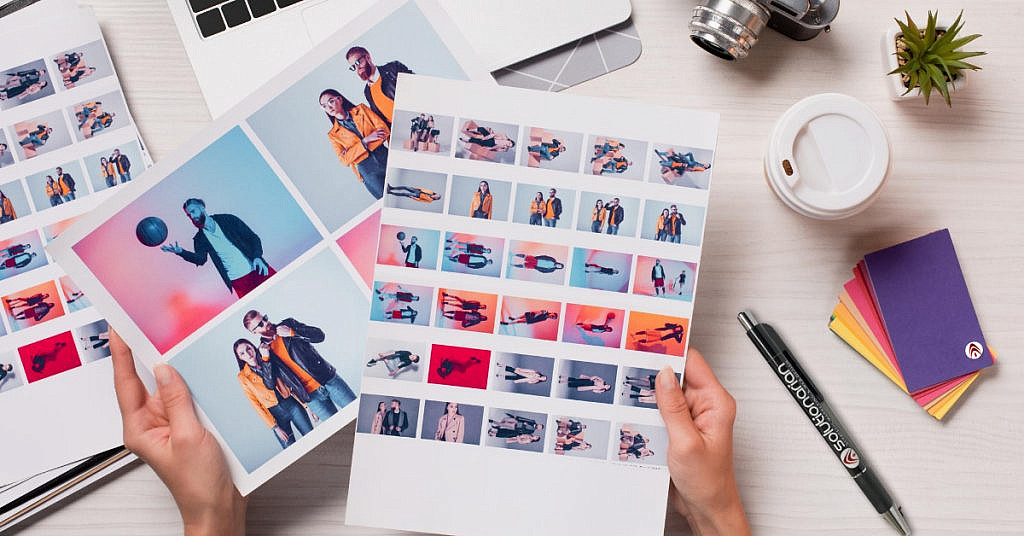Online users are visual creatures; having enticing photos on your website definitely earns you plus points if you want to capture their attention and make them convert. Apart from uploading appealing photos or providing proper attribution to images, you also have to make sure that these images are optimized. Yup, it’s not only text that needs to be optimized.
Image optimization is crucial for a number of reasons. Not only is your website’s appearance affected, but the images you use also have a significant role to play in your site’s performance as well as its overall search ranking.
4 Tips to Optimize Images to Boost Web Traffic and Improve Your User Experience
Optimized images are an essential factor in increasing traffic, boosting your rankings, and driving high conversion rates. But how exactly do you optimize images on your site? Here’s a quick guide on how to effectively optimize images.1. Customize the name of your image
The process to optimize images should begin before they even make their way onto your website. Make sure to give your image a proper name before uploading it to the website. Instead of typing random letters or using unrelated terms as titles, make the title relevant and easy to understand. Also, add alt tags and descriptions. It will be better to name your images that accurately describe the photo and infuse relevant keywords to make them SEO-friendly.2. Infuse SEO-friendly alt tags
As simple as it may seem, adding relevant alt tags can do wonders for your images in terms of search engine rankings. Alt tags are text that literally describes what’s on the image file, such as “woman in a dark blue shirt” or “three red roses in a vase.” The purpose of alt tags is to provide context to the image in case it does not load. It is also helpful for visually impaired users who use screen readers when visiting websites.3. Use mobile-responsive images
Make sure to check if your images are mobile-friendly. If not, they will not appear correctly on mobile, and that will greatly hurt your SEO. Visitors will not have second thoughts about leaving your website if they experience slow loading of images. Your site’s bounce rate will increase, and your ranking will be adversely affected. Ensure that your images are scaled to the proper size settings of the mobile devices. That way, your images will look good whether they are viewed on desktop or mobile. If you’re not well-versed with the size settings of images, you can always consult a web designer.4. Compress your images before publishing
Having a slow-loading site can negatively affect your site visit. Users are always in a rush, and if your page does not load within 2 seconds, that can be detrimental to your site’s performance. One reason why a site loads slowly is because of high-resolution images. If your site does not need high-resolution images uploaded on the site, you may want to consider compressing these images. There are several tools online that can downsize your images while maintaining their quality. Better yet, work with a web designer to help you resize images the proper way. 4 Tips to Optimize Images to Boost Web Traffic and Improve Your User Experience.Conclusion
Graphics and visual elements are essential components in your website and as such, it is critical to optimize images. They can entice visitors, help promote products and make the website more attractive. Knowing how to optimize your images for search engines will help drive more traffic and boost online ranking. Optimization tips include compressing images, using mobile-responsive images, adding alt tags, and customizing your images’ names. If you need help to leverage your digital marketing strategy, work with a reliable website design company like Solutionarian Marketing. We can help your business to grow and achieve greater online success. Contact us today for more details!
Local Website Designer Near Me - Nearby
- Website Designer Campbell, CA
- Website Designer Cupertino, CA
- Website Designer Gilroy, CA
- Website Designer Los Altos, CA
- Website Designer Los Gatos, CA
- Website Designer Milpitas, CA
- Website Designer Morgan Hill, CA
- Website Designer Mountain View, CA
- Website Designer Palo Alto, CA
- Website Designer San Jose, CA
- Website Designer Santa Clara, CA
- Website Designer Saratoga, CA
- Website Designer Stanford, CA
- Website Designer Sunnyvale, CA
- Website Designer Alameda, CA
- Website Designer Berkeley, CA
- Website Designer Castro Valley, CA
- Website Designer Dublin, CA
- Website Designer Fremont, CA
- Website Designer Hayward, CA
- Website Designer Newark, CA
- Website Designer Oakland, CA
- Website Designer Pleasanton, CA
- Website Designer San Leandro, CA
- Website Designer Union City, CA
- Website Designer Belmont, CA
- Website Designer Burlingame, CA
- Website Designer Daly City, CA
- Website Designer East Palo Alto, CA
- Website Designer Foster City, CA
- Website Designer Half Moon Bay, CA
- Website Designer Menlo Park, CA
- Website Designer Millbrae, CA
- Website Designer Pacifica, CA
- Website Designer Redwood City, CA
- Website Designer San Bruno, CA
- Website Designer San Carlos, CA
- Website Designer San Mateo, CA
- Website Designer South San Francisco, CA

